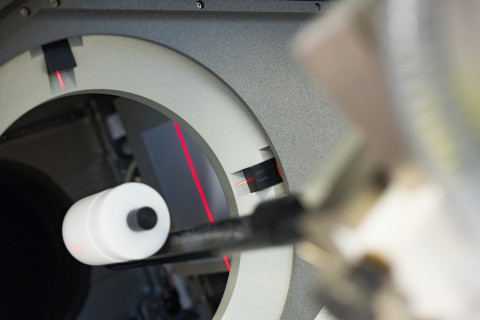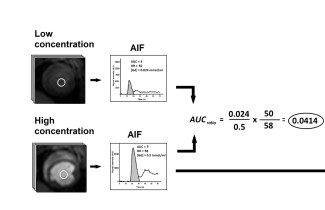The doctoral thesis of Jonna Weisell, MSc, provides novel information about the mechanisms underlying calcific aortic valve disease CAVD. Collectively the results provide novel targets and preclinical research methods for the CAVD drug development process.
CAVD is the most common valvular heart disease in the Western world. CAVD is a progressive fibro-calcific disease which causes a thickening and stiffening of the aortic valve. The stiff valves cannot open properly obstructing blood outflow, triggering left ventricle hypertrophy and eventually heart failure. There are many well-known molecular mechanisms underlying CAVD such as lipid accumulation and inflammation which activate valve interstitial cells (VICs). Activated VICs secrete factors that lead to further extracellular remodelling and calcification. However, the precise mechanism is unknown and despite intense efforts, no efficient drug treatment has been developed. Thus, the only therapy is aortic valve replacement. The aim of the PhD study was to provide tools for drug development of CAVD by identifying novel drug targets as well as developing preclinical imaging methods and evaluating the effect of novel drug therapy in an experimental model of CAVD.
In Weisell’s thesis, novel factors associated with CAVD were identified by conducting a proteomics analysis. Seven differentially expressed proteins in calcified valves were identified in calcified human valves; one of these was heat shock protein 90 (HSP90), a well-known regulator of endothelial dysfunction and oxidative stress. As an experimental model of CAVD, the researchers used hypercholesterolemic LDLr-/-ApoB100/100 mice consuming a Western diet for five months. First, the functionality and morphology over the cardiac cycle of the aortic valves were investigated with high‐resolution cine‐imaging MRI. The results revealed that cine‐MRI can be used in the quantitative analysis of the mouse aortic valve. Finally, ability of the menaquinone 4 (MK4) form of vitamin K2 to slow down the progression of CAVD was assessed in the hypercholesterolemic mouse. In this study, MK4 did not exert any beneficial effects against CAVD but increased plasma lipid levels and enhanced hepatic steatosis.
The doctoral thesis of Jonna Weisell, Master of Science, entitled Studies on calcific aortic valve disease: from experimental models to human studies, will be examined at the Faculty of Health Sciences. The Opponent in the public examination will be Professor Eero Mervaala of the University of Helsinki, and the Custos will be Professor Jaana Rysä of the University of Eastern Finland. The public examination will be held in Finnish on 20 November 2020.
Photo available for download at https://mediabank.uef.fi/A/UEF+Media+Bank/37879?encoding=UTF-8
Dissertation online:
Weisell, Jonna. Studies on calcific aortic valve disease: from experimental models to human studies



